
Hoo boy, it’s now less than 4 weeks till I leave for Japan! Â When it was a few months away, I was kind of relaxed about preparations, but now it’s getting real! Â One big preparation question: buy a JR Rail Pass or not?
One thing that makes the JR Rail Pass so attractive to tourists visiting Japan is how easy it makes traveling by train. Â Once you get your Rail Pass, all you have to do is show it to one of the station gate personnel and they wave you through to your train, no matter what station, as long as it’s one of the trains of the former Japan Rail company. Â Since the breakup of JR into JR East, JR West, JR Hokkaido and the others, each company also has its own “pass” system limited to the stations of each company, but the JR Rail Pass is valid across the whole system.
![]()
This ease of use gives you one less thing you have to worry about, like learning how the ticketing process works, or figuring out whether you’ll have enough cash to buy the ticket to where you’re going.
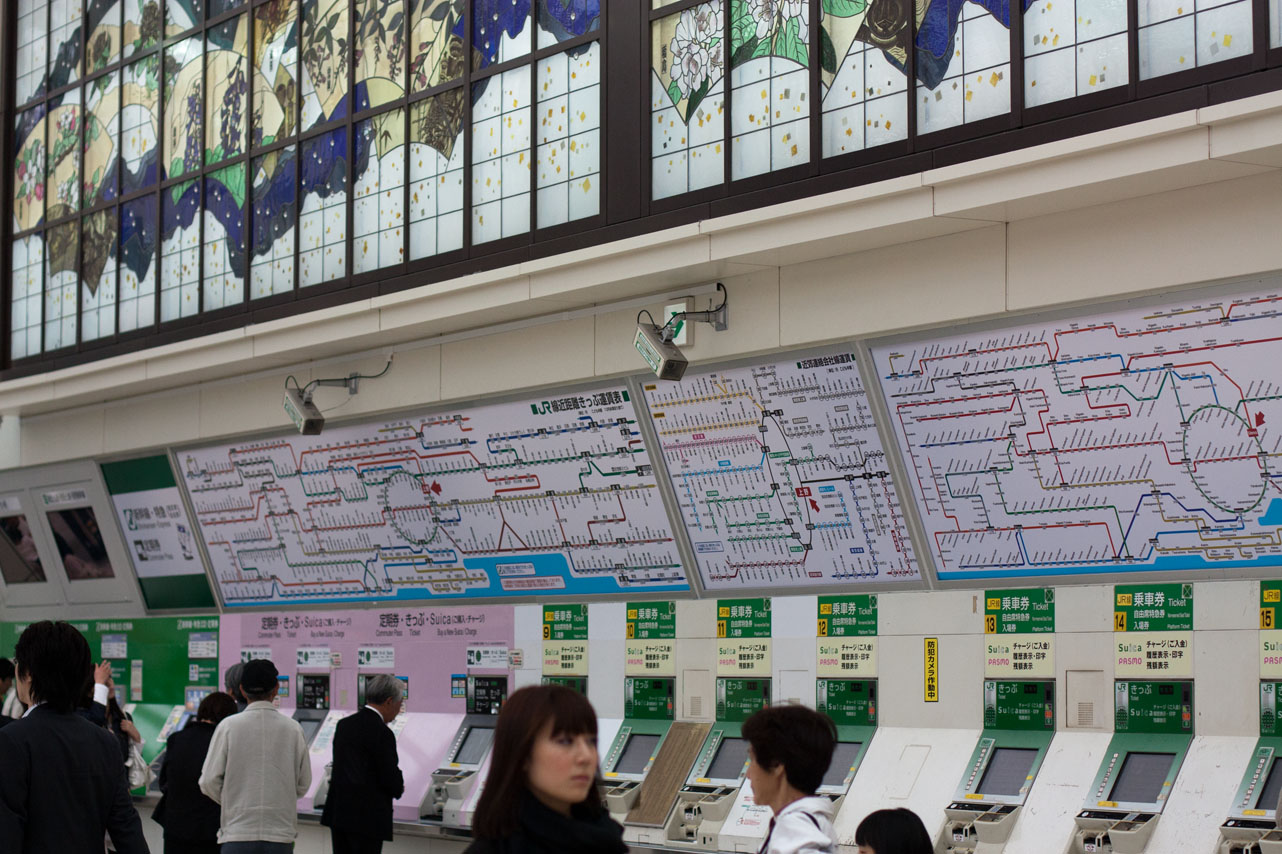
Given the culture shock a lot of people have when they get to Japan, and given how much information is available in a language you can’t understand, not needing to know how to navigate beyond basic things like “I want to go to Akihabara, how do I get there?” can be comforting.
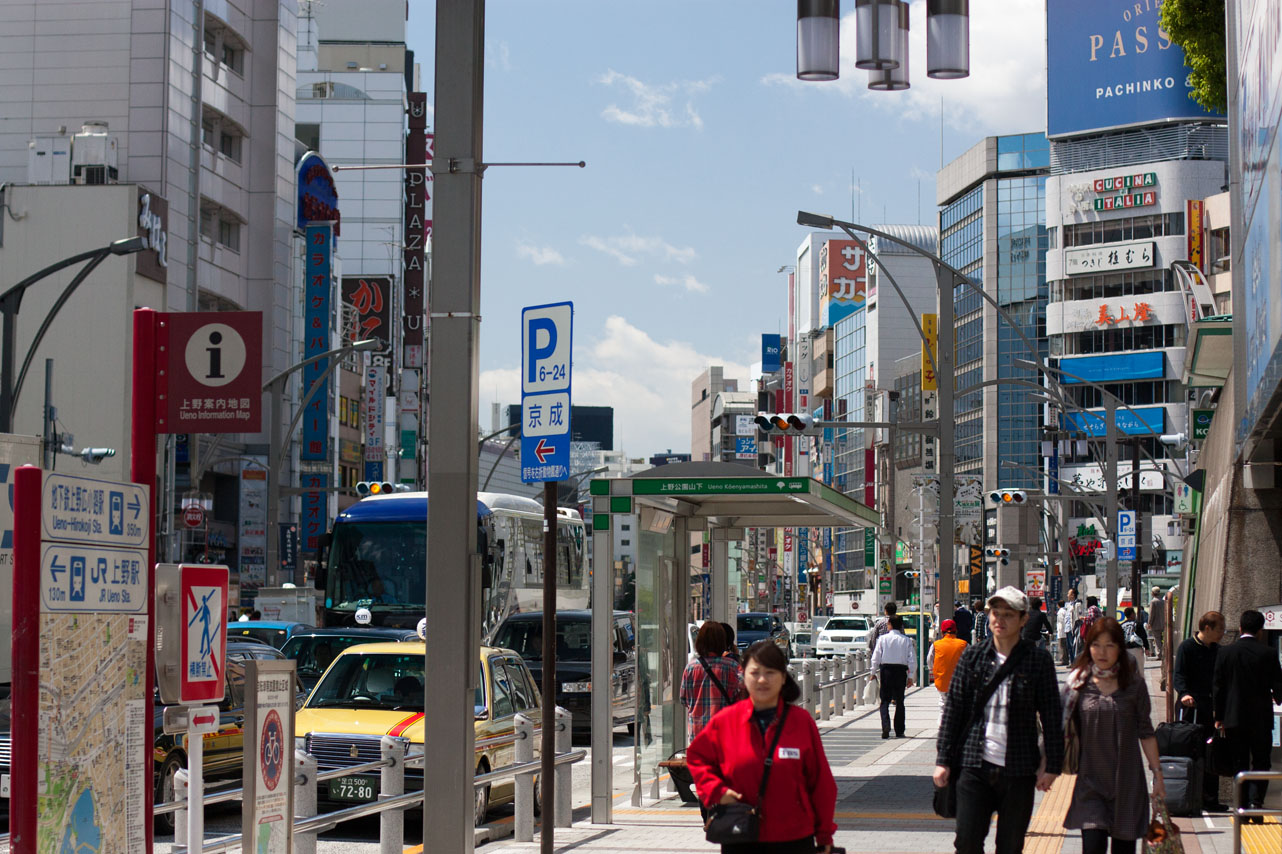
[one_half]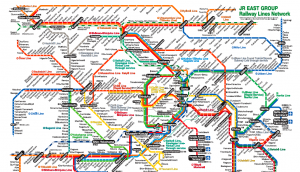
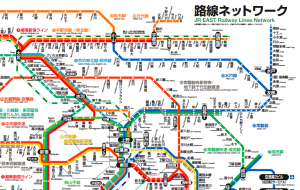
However, there are several down sides to buying and using the Rail Pass. The main problem is that it is only available to buy before you get to Japan, and must be used for the period you activate it for. For example, if you get a seven-day pass, it is only valid for use for seven consecutive days, counting the day you activate it. That means if there’s some reason why you can’t use it for one day, say because of weather, you’ve lost one day’s use, and wasted the money for that part of the Pass.
If you’re not going to be taking the bullet train (shinkansen) during that period, you won’t really get your money’s worth either, because staying local to Tokyo means you won’t be spending much money on train tickets, especially if you end up using the Tokyo Metro (subway) system, which doesn’t take the JR Pass. Typical in-town Metro and JR tickets are around 160 – 500 yen station to station ($2.30 – $7.15 approximately, depending on exchange rate), where a seven-day Rail Pass costs over $350. You’d have to take a lot of short trips each day to justify that, or a long round-trip shinkansen trip, which often costs over 11,000 yen ($160 approx.) each way.
[one_half]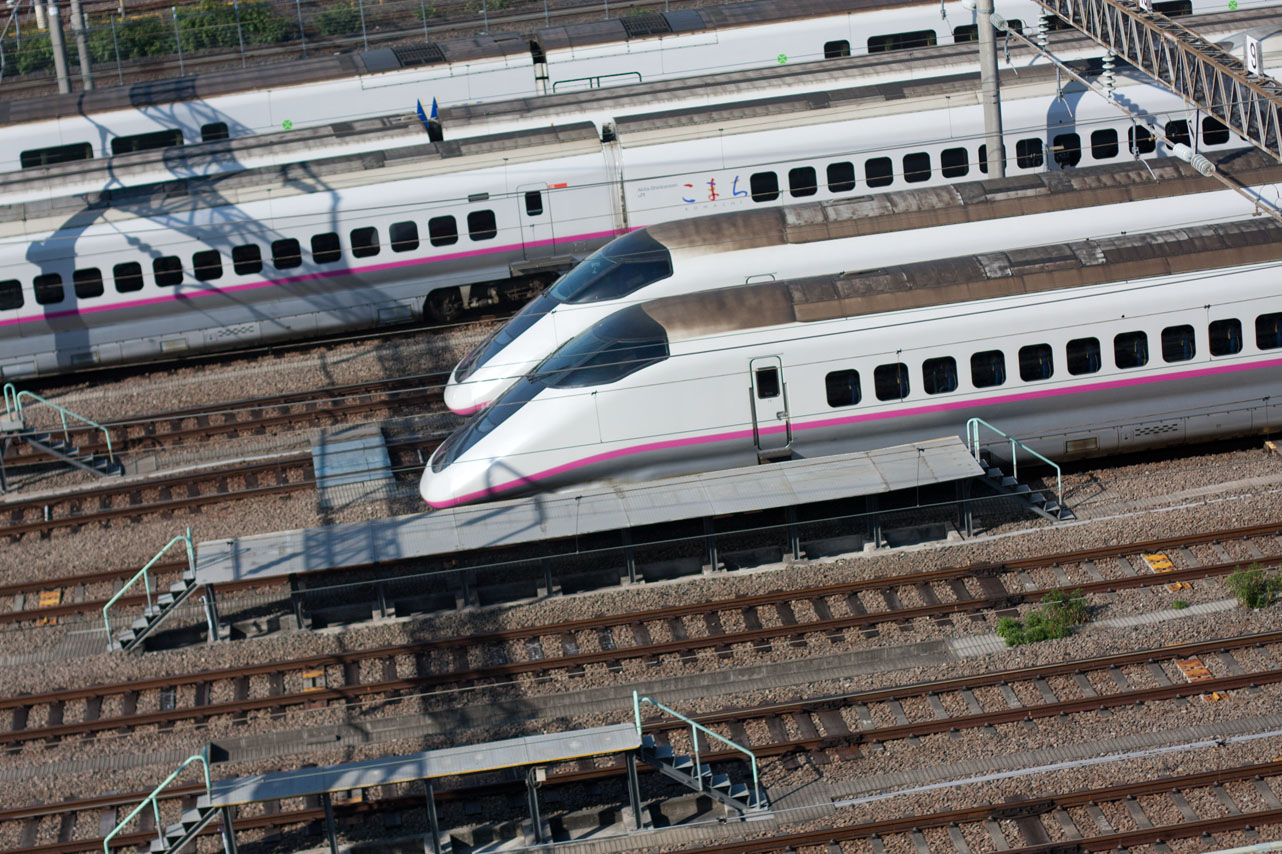
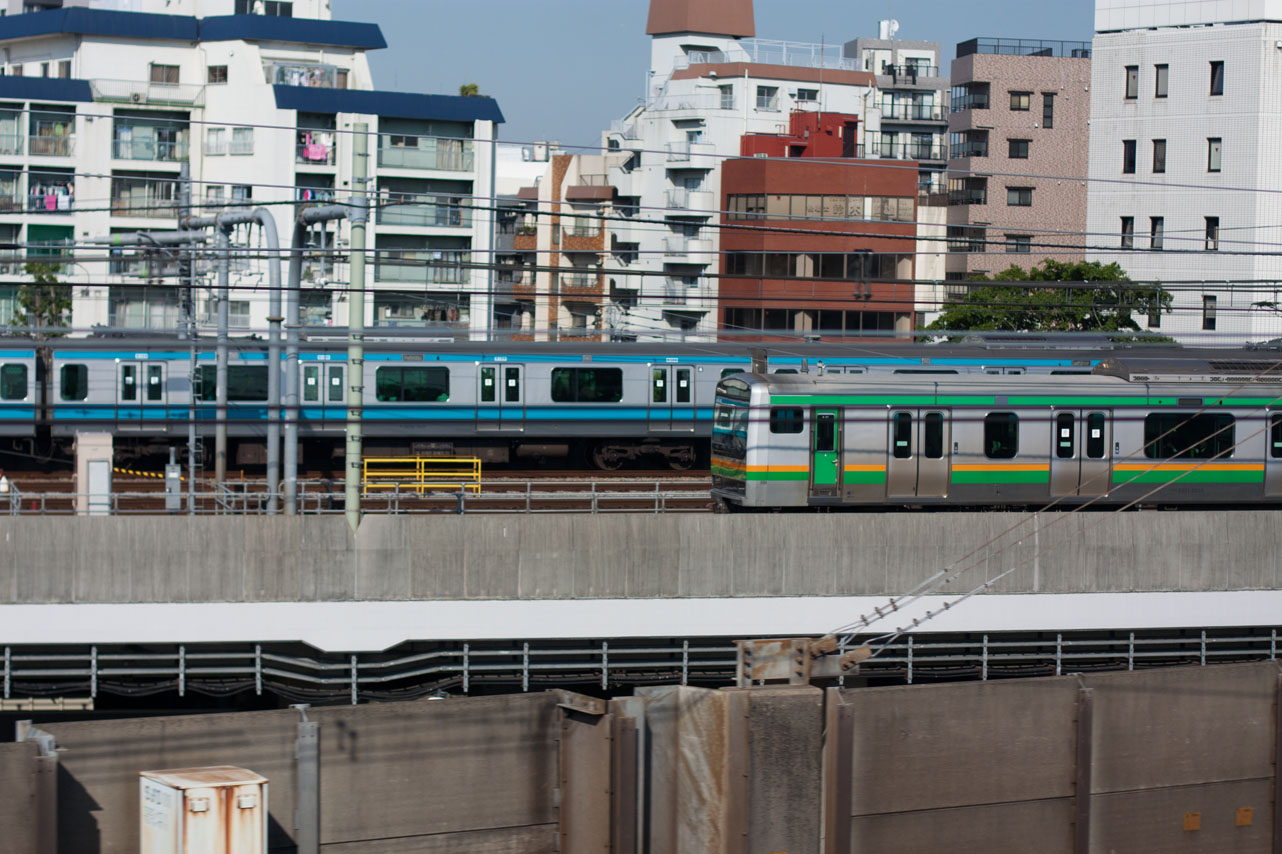
A more experienced traveller, who knows at least the basics of navigating the system, can likely save money by taking advantage of the smaller, local system’s “day pass” or “limited pass” like the JR East “Tokunai” pass, or the Kanto Area Pass, which don’t have to be bought ahead of time like the JR Pass, but are only good for limited areas. This means, though, that if anything interferes with your plans, you don’t have to be spending money for nothing, since you can get the passes as you need them, saving money to spend for other things like souvenirs (or food!).
Even though the local passes are “limited”, they still have the same flexibility and ease of use that a full Rail Pass gives, in that you can ride any train and get off and on at any station, as many times during the day as you like, but only for a limited number of stations (the Tokunai pass is limited to only Tokyo and doesn’t allow shinkansen rides, but the Kanto Area Pass allows for shinkansen rides between certain stations immediately around Tokyo, and all stations within that area including Tokyo).
Since I’m going to be there for 30 days, getting enough Rail Passes to cover the trip would cost about $350 for a seven-day pass, and about $750 for a 21-day pass, costing me over $1000! Using an online tool called “Hyperdia“, which is a Japan train/subway trip planner, and taking advantage of the cheaper limited passes, I think I can save quite a bit of money on this trip and still be as flexible in planning as if I was using the JR Pass. And if the day I want to see Mount Fuji is as rainy as the last time I tried, I can stay in and do laundry or something, and save the train fare!
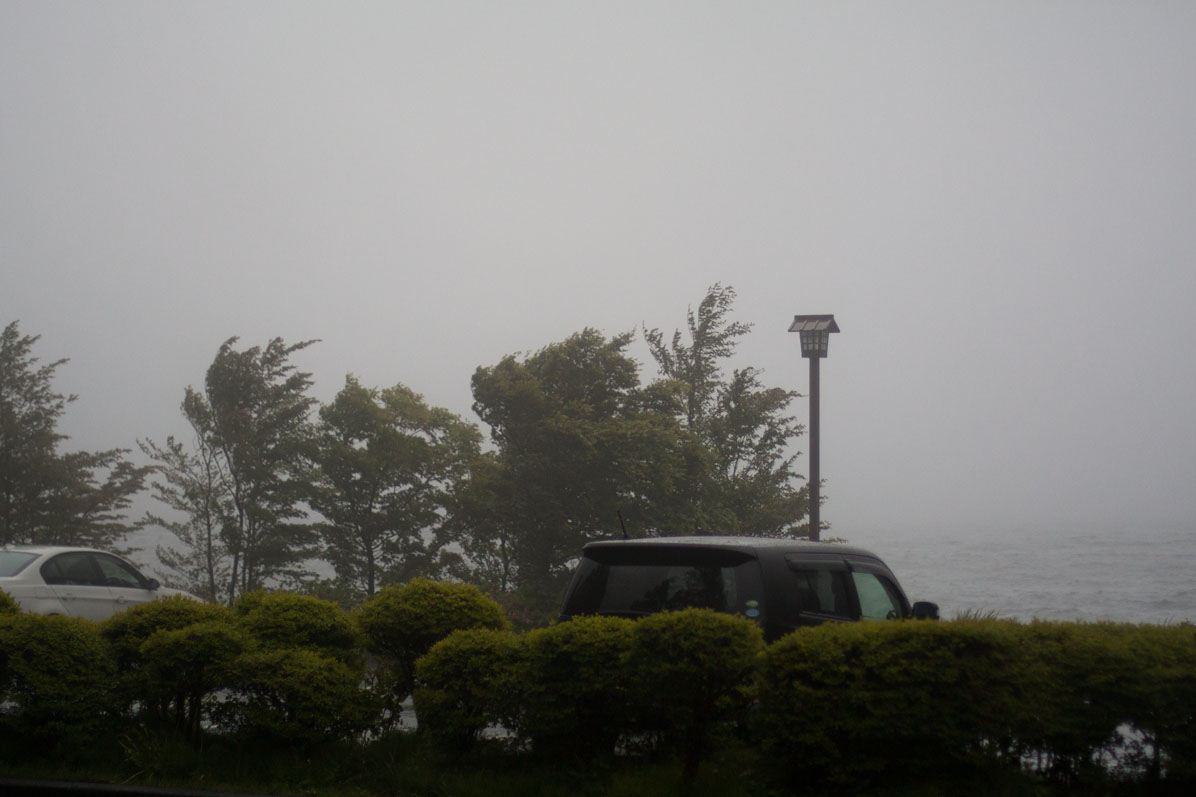
I’ll be keeping a running count of how much I’m spending and on what, so that I can plan the next trip even better! Shoot, maybe I can help you out, too, if you’re thinking about a trip to Japan!

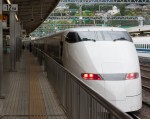
Please advise how to go to MT Fuji from Roppongi Station.